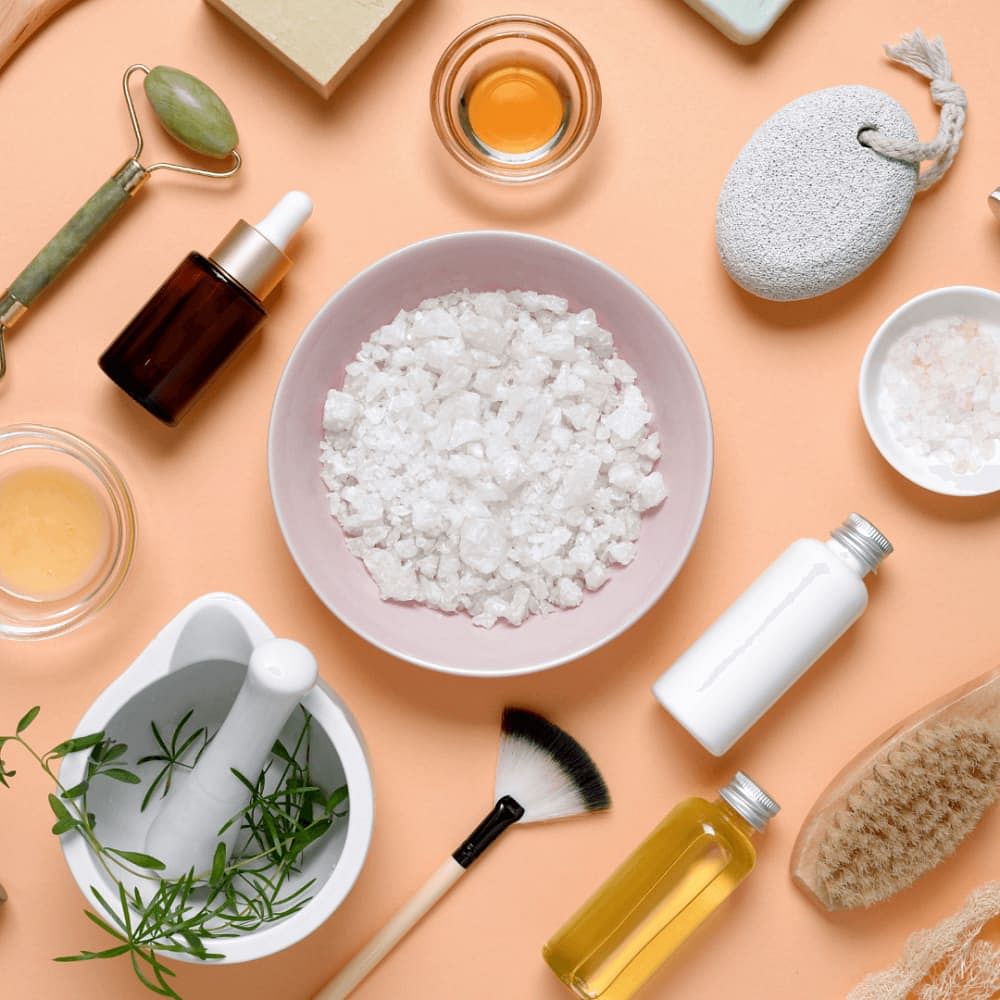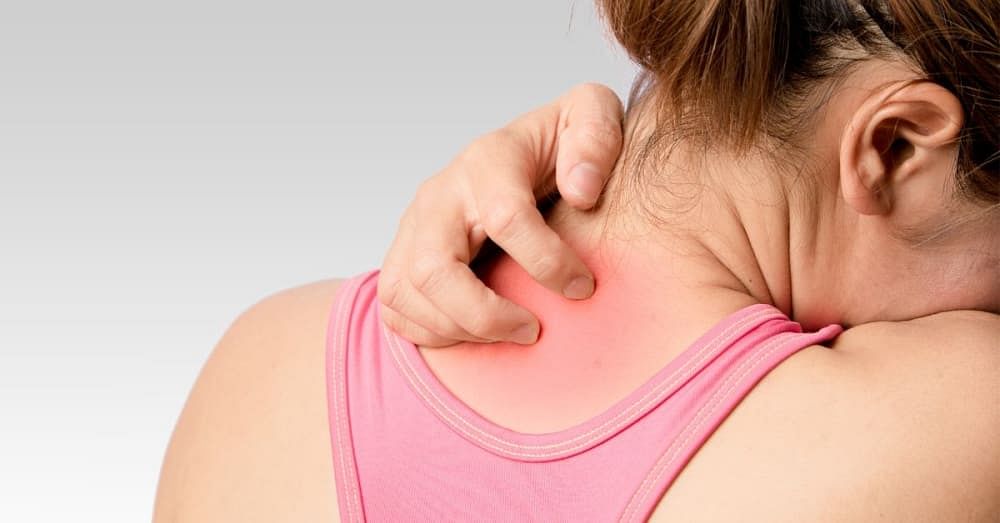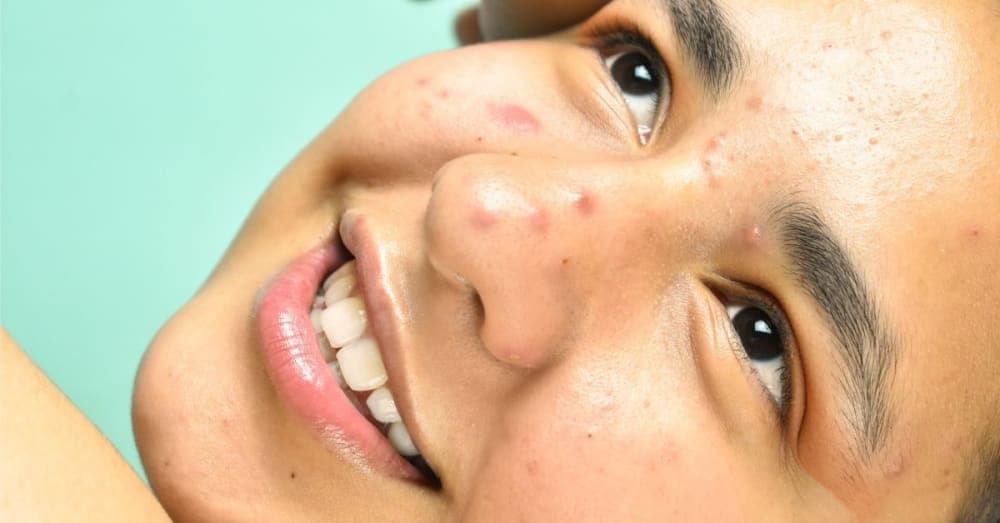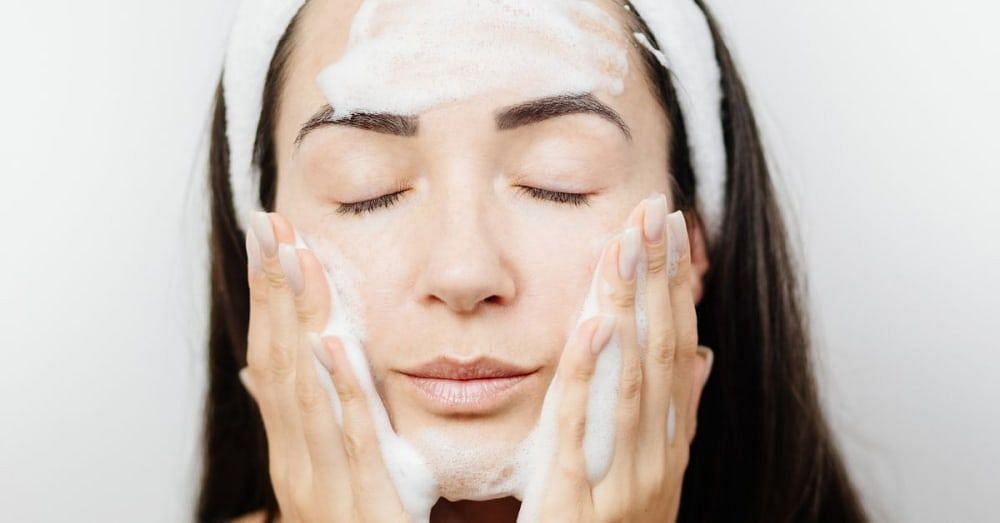Skincare routine is one of the largest concerns for people of different age groups. The skin needs to be protected from exposure to the sun and dust, and other environmental pollutants need to be regularly cleaned and removed from our skin. With so many new skin products and skincare trends being introduced every day, it can be difficult to choose the right products for your skin.
Some factors that should be considered when choosing products and developing a skincare regimen are weather, lifestyle, and type of skin: dry, oily, or combination.
Of the three skin types developing a skincare routine for oily skin can be a little more challenging. In this article, we will discuss the optimal skincare routine for oily skin, along with a few bonus tips! Read on to find out.

How to Determine if you have Oily Skin?
If you observe closely, oily skin appears shinier and feels a little greasy when touched. The reason is that skin types that are predominantly oily, produce excess sebum through the sebaceous glands.
If you are unsure you have oily skin, here is a small test you can try.
Wash your face with a gentle cleanser. Pat your face dry and leave it as such for at least 30 minutes. Remember, you should not use any skincare products like toners or moisturisers during this time period. After 30 minutes, touch your face with your fingers or use blotting paper.
If your skin is still greasy, especially around the cheeks, nose, and forehead, you have oily skin.
Here are some bonus tips to determine the same:
- When you put makeup on, it cracks off your skin after some time.
- The oilier areas are more prone to whiteheads, blackheads, pimples, etc.
- The pores are largely visible.
What Causes Oily Skin?
In simple words, the excess production of oil by the sebaceous glands in the skin makes your skin oily. The sebaceous glands in the skin secrete a substance called sebum. The function of the sebum is to keep your skin hydrated and healthy. Oily skin produces excess sebum, which causes the pores of the skin to get clogged. This leads to acne, pimples, and other issues.
Skin Care Routine for Oily Skin
Here's the most awaited part. What is the best skincare routine for oily skin? Let’s dive right in!
Step 1: Cleanse in the Morning and Night
Cleaning the skin is imperative to any skin type, be it oily, dry, or normal. And for oily skin, the significance of cleansing can't be stressed enough.
Even if your skin feels fresh, you must make it a point to cleanse twice a day. Before you hit the bed, you need to clean your skin of all the dirt and environmental pollutants sticking to it, essentially all the gunk collected during the day.
The same applies to the morning skincare routine for your oily skin. You have to clean your skin after waking up. When you sleep, the skin cells repair themselves, and in the process, produce oils, which can start off a breakout and make your skin look too shiny.
Now, when it comes to cleansers, try to use the ones that are specifically developed for oily skin types. A gentle salicylic acid-based cleanser can do the trick and remove extra oil from the pores. Using strong cleansers that strip all the oil will stimulate the sebaceous glands to produce more oil.

Step 2: Do not forget to Exfoliate
Exfoliation is an excellent way to deep clean the pores and wash away oil, debris and dead skin cells clogging them. Chemical exfoliants are a good way to start.
These exfoliants have the power to remove dead skin cells with the help of active ingredients like beta hydroxy (BHA) and alpha-hydroxy (AHA). AHAs contain glycolic acid and are suited for oily skin. BHAs are also friendly to oily skin as it contains salicylic acid.
But here's a catch. If you overdo it, the process loses its effect. Exfoliate your skin twice a week. Do not exfoliate more than two times a week. It can cause dryness and inflammation on the skin. Also, exfoliating at night is a better option as the skin becomes a little sensitive after exfoliation.
Step 3: Use Retinol-based Products
Retinol is a type of vitamin A. It is an anti-ageing product that reduces wrinkles and improves the texture of the skin. The cell turnover effect of retinol makes the skin smooth. Additionally, retinol also has the ability to treat acne and reduce the size of pores.
Use retinol once a day only. Over usage can lead to skin irritation. It is an active ingredient that is photosensitive, so do use it during the night. However, before you use retinol on your full face, it is important to do a patch test to see how retinol reacts to your skin. Additionally, when you are just getting started, it is important to start slowly by using it on alternate days to give your skin time to adjust to this powerful skincare product.
Apart from retinol, you can use other treatment products as well. When it comes to pimples, you can use products that contain salicylic acid or benzoyl peroxide.
Step 4: Moisturise
Moisturisation is very important when it comes to the skincare routine for oily skin.
Usually, gel moisturisers are preferred for oily skin. Experts advise that using a moisturiser with niacinamide can help curb oil production. In fact, moisturisers created for acne-prone skin are good for oily skin. Here's what you should look for in your moisturiser:
- Noharsh chemicals
- Water-based
- Oil-free
- Non-comedogenic
Retinol and niacinamide work in harmony and can be used together.
Step 5: Application of SPF
SPF is yet another important part of the skincare routine for oily skin. In fact, every skin type should use SPF/ sunscreen. You should use SPF 30 or a higher variant even on days that aren't very sunny.
However, you must avoid sunscreens with the following ingredients:
- Avobenzone
- Methoxycinnamate
- Para-aminobenzoic acid (PABA)
- Oxybenzone
- Benzophenones

Summer Skin Care Routine for Oily Skin
Summers can be the toughest season for people with oily skin. With the rising temperature, the skin feels even more greasy, which is not something one can look forward to. Now, you can keep your worries aside. Here are some key steps to take when it comes to a summer skincare routine for oily skin:
Step 1: Stick to the Basics - Cleansing
Yes, even in the summer, it is important to cleanse your face twice a day. You must ensure that you follow the cleansing routine before going to bed and after waking up. However, you must not clean your face more than 2 times a day, as over-cleansing will reduce the moisture on the skin, which in turn will result in the production of excess sebum.
Step 2: Don't Over-Exfoliate
Over-exfoliation can damage your skin and cause scarring, irritation, etc. As mentioned earlier, do not go beyond two times a week when it comes to exfoliating.
Step 3: Moisturise
Moisturise your skin using an oil-free and gel-based moisturiser in the summer to make your skin feel lighter.
Step 4: Sunscreen's a Must!
Do not skip your sunscreen. The sun's powerful UV rays can cause a lot of damage to the skin. Choose an oil-free, dry-touch sunscreen.
Step 5: Use Blotting papers
Blotting papers absorb all excess oil. If your skin gets too oily during the day, just use the blotting paper to absorb and wipe the grease off.
Step 6: Use sweat-proof makeup
Make use of sweat-proof makeup during summers. You can opt for lightweight primers and oil-free foundations to reduce the chances of excessive oil production.
What are the Best Ingredients for Oily Skin?
According to skincare experts, the best ingredients for oily skin are:
- Salicylic acid: Salicylic acid is a beta hydroxy acid that can reduce swelling and unclog pores. Opt for a product that contains 2% salicylic acid for regular use.
- Retinol: Derived from Vitamin A, retinol is a kind of retinoid. It is beneficial in reducing excess oil, fine lines, hyperpigmentation, etc.
- Niacinamide: Niacinamide is a form of Vitamin B3. It helps control sebum production and also has anti-inflammatory properties.

What Are the Other Steps to Help With Oily Skin?
1. Wash after Work-out
Make sure you wash your face after your workout session. Since sebum(oil) does not mix with sweat(water), together, they can further the pores on your skin.
2. Choose your products carefully
You must avoid using products that contain alcohol, cocoa butter, shea butter, etc. All this can result in excess oil production.
Pro Tips For Oily Skin
If you are facing oily skin woes, then these quick tips are just for you! Maintaining a proper skincare routine for oily skin is a must. But along with that, if you follow these tips, you will be able to handle your skin better.
Moisturise always
Irrespective of the skin type, never miss this step as a part of your oily skincare routine. It helps keep your skin soft and supple.
Cleanse properly
Wash your face twice a day as a part of your skincare routine for oily skin. Cleanse your face after workouts and after activities where you sweat a lot.
Use blotting papers
Remove the excess oil from your face by using blotting paper. They help absorb the excess oil from your face.
Use oil-free products
Look for the product labels and always opt for oil-free water-based items.
Protect your skin
Always use sunscreen to protect your skin from radical damage caused due to the sun. Use an umbrella or a hat to cover your face when you are outside.
Eat healthily
Start eating foods rich in calcium and high water content to improve your skin quality. Include green leafy vegetables, nuts, seeds, and avocado in your diet.
Do not over-exfoliate
Anything in excess is bad. Over-exfoliating and scrubbing your skin too hard with the shared loofah can result in dryness and micro-tears on the skin. This can result in textured skin.











